NASA Hubble Telescope captures mesmerizing 4-mn year old Nebula bubble
NASA’s Hubble Telescope has shared a breathtaking Nebula Bubble, which is 4 million years old.
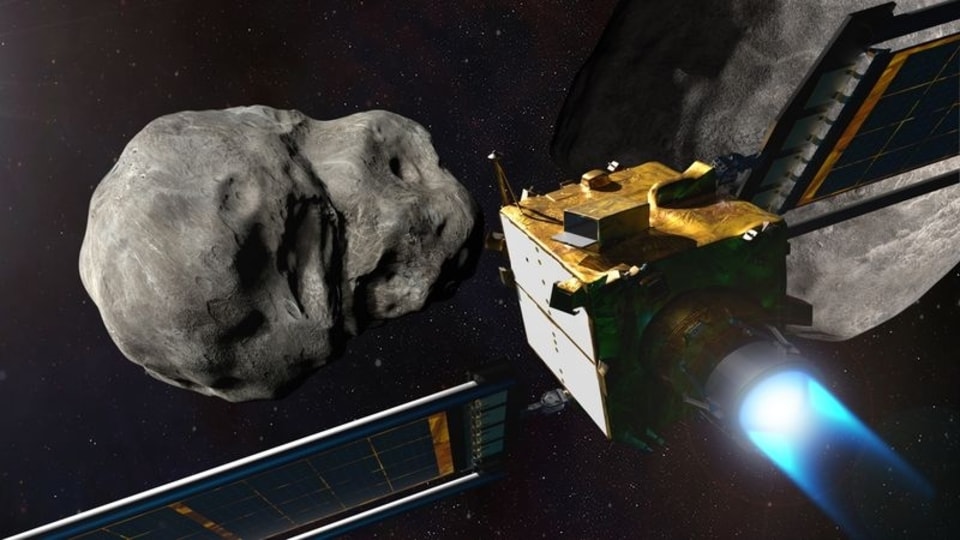
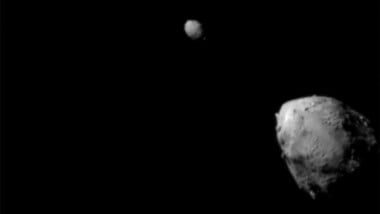
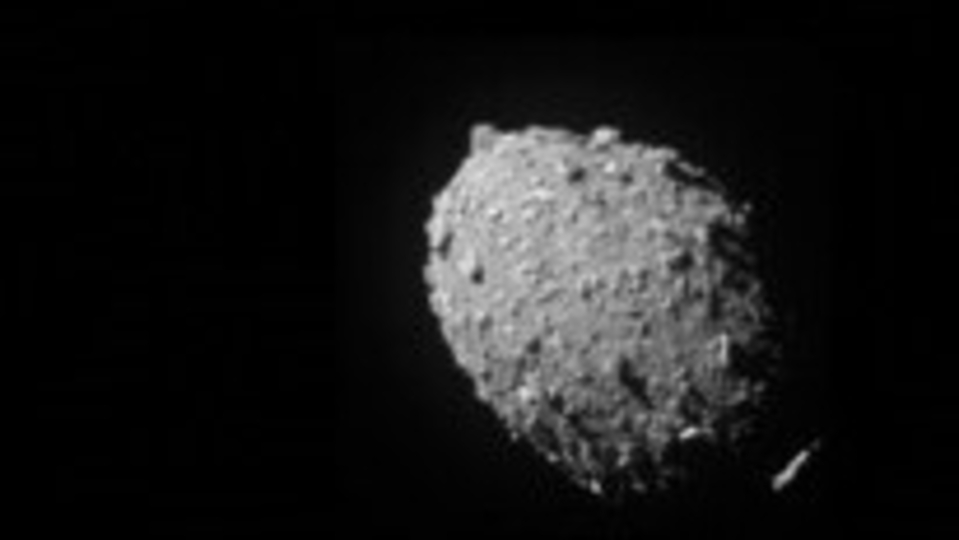
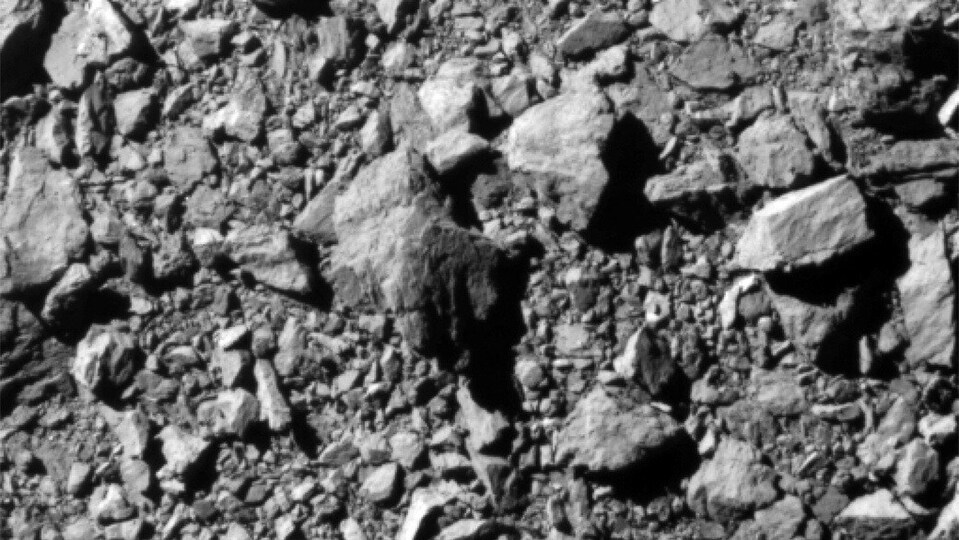
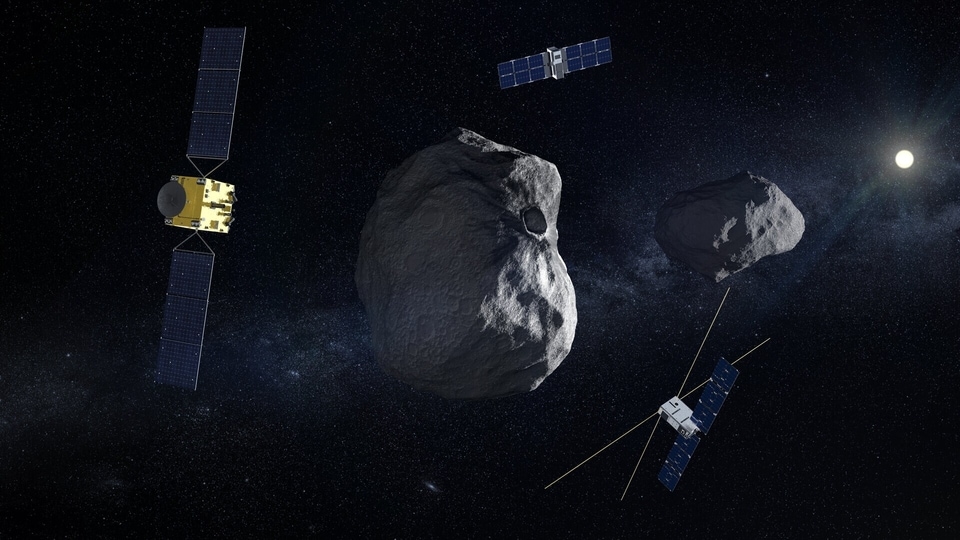

 View all Images
View all ImagesEven after 32 years of service, NASA's old Hubble Space Telescope has captured another breathtaking glimpse from deep space, revealing the cosmic Bubble Nebula. The stunning image depicts one of the most famous star bubbles, a cosmic bubble wrap which is 7100 light-years away from Earth in the constellation Cassiopeia. NASA shared the image on its Instagram account while revealing that this Nebula has a star 45 times more massive than our own.
While sharing the picture, NASA says, "Gas on the star gets so hot that it escapes into space at a speed of 4 million miles per hour (6.4 million kilometers per hour); when the hot "stellar wind" meets the surrounding rigidness of space, it folds and forms an outer edge." It further explains the that it has dense columns of cool hydrogen gas and space dust can be seen at the upper left and center of the photo.
NASA's Hubble Space Telescope's Wide Field Camera-3 depicts Nebula in visible light and shows off its brilliant colours. The green tints refer to the presence of hydrogen, oxygen is blue, while the red hues suggest the presence of nitrogen. NASA has revealed that the star is about 4 million years old and will become a supernova in the next 10-20 million years.
While describing the image, NASA also says that you may also see some yellow and gold clouds transition to green hues in the image, which meets the blackness of space.
Do you know?
NASA's Hubble Space Telescope has already exceeded its age limit! NASA has revealed that the Hubble Telescope was designed to last roughly 15 years when it was launched in 1990. But thanks to the five successful astronaut servicing missions, and as a result, the telescope's technology has been modified and improved, "and the telescope remains scientifically productive to this day."
Catch all the Latest Tech News, Mobile News, Laptop News, Gaming news, Wearables News , How To News, also keep up with us on Whatsapp channel,Twitter, Facebook, Google News, and Instagram. For our latest videos, subscribe to our YouTube channel.





























